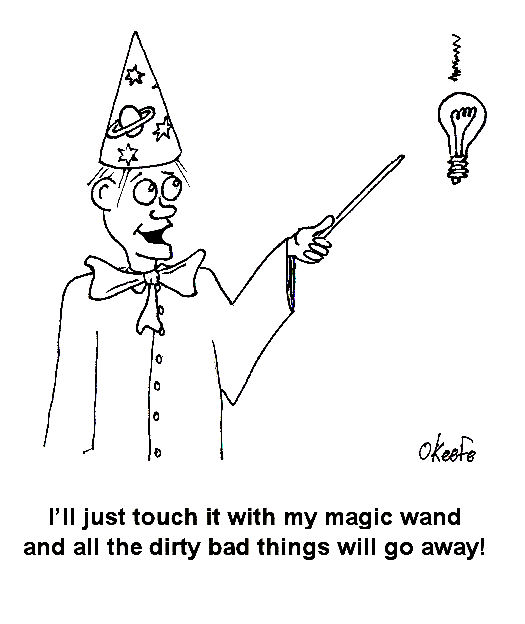|
In weeks past we’ve explored wind energy and the possibility of it overtaking fossil fuel burning plants as our main source of power. This week we’ll discuss the next most viable option to do the job, that of nuclear power. Nuclear power, unlike fossil fuel plants, doesn’t combust fuel and therefore doesn’t contribute to air pollution. But unlike wind turbines, their electrical output is reliable, that is to say, we know, save for a major breakdown, that they will put out X-amount of power every day, regardless of weather conditions. As a matter of fact, according to the Nuclear Energy Institute, the 103 nuclear power plants in operation in the United States today are the most reliable and efficient producers of energy to our electric power grid. They account for about 20% of the power generated and produce a total capacity of 96.245 gigawatts, meaning, a whopping 96.245 billion watts. Nuclear energy is clean, reliable, and produces loads of power, so why not initiate a program to begin immediate replacement of our dirty fossil fueled plants? It’s time to take a closer look. Needless to say, large scale replacement of fossil fueled power plants with nuclear power plants would be a huge undertaking. You’ll remember from my previous blog postings that the US Department of Energy reports that 71.2% of our power is currently being produced by burning fossil fuels. All power plants, and especially nuclear power plants, are extremely expensive to build. Let’s look at an example. In 2007, Florida Power & Light informed the Florida Public Service Commission that the cost to build a new nuclear plant in south Florida would be approximately $8,000 per kilowatt-hour. How does this large sum affect the consumer in terms of real dollars? Well, let’s say you want to build a 3,000 megawatt (3,000 million watt) nuclear plant. This is enough capacity to provide power for about 2 million people in the US. When all is said and done, you’ll end up having to pay out $24 billion before you can start generating electricity. That looks like a lot of cash outlay for one plant, but what does it mean to each individual? If we do the math, a nuclear plant that is capable of supplying 2 million people with electricity will result in a cost of approximately $12,000 per person. Considering that, will investors, taxpayers, and consumers be willing to cover the losses that accrue when all existing fossil plants are closed and nuclear plants are erected to replace them? As with wind powered energy, cost is an enormous factor when considering the viability of nuclear power plants, but there is something way more profound to consider. Nuclear power plants produce radioactive waste. This waste remains radioactive, and therefore highly poisonous to the environment, for millions of years. That’s right, millions, not hundreds, not thousands, millions of years. The Nuclear Energy Information Service states that for each nuclear reactor that exists, 50 to 60 tons of high level radioactive waste is produced every year. So you’ve got all this waste as a byproduct of nuclear energy production, and, of course, there’s a lot of controversy surrounding its safe disposal. Not only does it lay around for millions of years, the costs of dealing with it are staggering. The US Department of Energy estimated in 2008 that it will cost around $96 billion to construct the Yucca Mountain nuclear waste repository in Nevada, which is basically a huge underground garbage dump for nuclear waste. And this amount of money will only keep it in operation for about 150 years. What happens after that? And if we build more nuclear plants in addition to those that currently exist, what will then be the cost of disposing of their waste? No one knows for sure, but they know it’s a mighty large sum, and certainly much too large for the ailing American economy to absorb. Now, Dr. Seuss, the guy that wrote The Cat in the Hat and other wonders, was an actual person, and he had a lot to say about things that didn’t involve gnarly looking creatures that go “BUMP!” in the night: “Sometimes the questions are complicated and the answers are simple.” Well, that’s sort of the case here. There are a lot of seemingly simple answers being posed to address our energy and environmental problems, but when you start asking pointed questions to delve deeply into the feasibility of those answers, things can get extremely complicated. We have seen through our present blog series that these answers inevitably lead to more questions and a multiplicity of other problems, and so far we haven’t seen an easy fix to our energy issues. But are we just making an issue where none exists? Are we making a mountain out of a mole hill? Next week we’ll explore a few more options that are being considered as alternative energy sources. Perhaps there is an easy answer to our power dilemma. _____________________________________________ |
Engineering Expert Witness Blog
Published by Philip J. O'Keefe, PE, MLE




